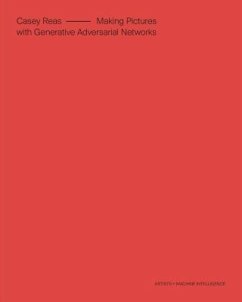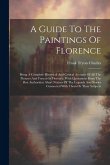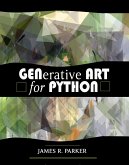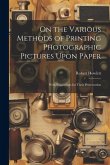In this first non-technical introduction to emerging AI techniques, artist Reas explores what it's like to make pictures with generative adversarial networks (GANs), specifically deep convolutional generative adversarial networks (DCGANs).
Hinweis: Dieser Artikel kann nur an eine deutsche Lieferadresse ausgeliefert werden.
Hinweis: Dieser Artikel kann nur an eine deutsche Lieferadresse ausgeliefert werden.








